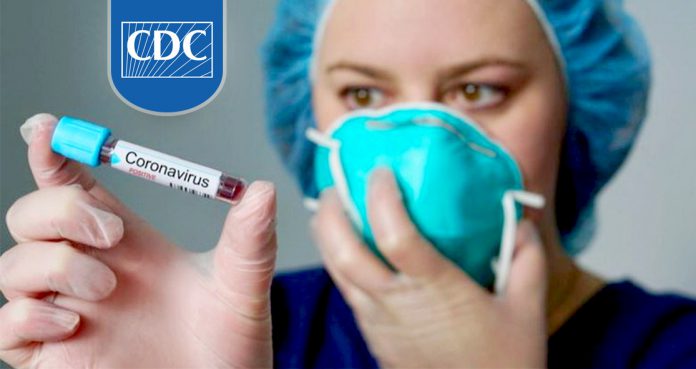On Wednesday, the American Medical Association (AMA) and the Centers for Disease Control and Prevention (CDC) published their first clinical guidelines that can help American medical providers to recognize and appropriately handle suspected cases of the new coronavirus, aka 2019-nCoV.
The virus was first identified in Wuhan, China, where the officials have reported more than 28,000 cases and 563 deaths so far. In the United States, 12 confirmed cases have been reported, with no deaths, so far.
Authorities have found that the new coronavirus is similar to SARS (severe acute respiratory syndrome) virus and MERS (Middle East respiratory syndrome coronavirus).
Like SARS and MERS, 2019-nCoV causes acute respiratory distress syndrome (ARDS) in about one-third of patients, requiring intensive care, according to Dr. Carlos del Rio from the Emory University School of Medicine, and Dr. Preeti Malani from the University of Michigan.
The new clinical guidelines were published in the Journal of American Medical Association (JAMA) and CDC’s Morbidity and Mortality Weekly Report (MMWR).
Common clinical features of the new virus include fever and a dry could, with 30 percent of patients report shortness of breath.
The authors wrote, “When a patient presents with fever and respiratory symptoms (in particular a dry cough), clinicians should obtain a detailed travel history. If the patient has a history of travel to Hubei Province in the last 14 days, they should be considered a person under investigation (PUI).”
Upon identifying a PUI, doctors should immediately notify their medical centers’ infection prevention team and state health officials. If the new coronavirus has been suspected, patients should have a facemask placed immediately, and healthcare providers should wear N95 respirators.
The authors concluded, “What interventions will ultimately control this outbreak is unclear because there is currently no vaccine, and the effectiveness of antivirals is unproven. However, basic public health measures such as staying home when ill, hand washing, and respiratory etiquette including covering the mouth and nose during sneezing and coughing were effective in controlling SARS.”
The CDC has suggested special isolation for people who are suspected to carry the infection. The report states that the new clinical guidelines are based on the management and prevention of respiratory infections caused by viruses, including SARS and MERS.
The CDC’s MMWR guidelines suggest considering factors such as “a travel history to Wuhan, a travel history to China, or close contact with a confirmed 2019-nCoV case.”
The author wrote, “These patients should be asked to wear a surgical mask as soon as they are identified, and directed to a separate area, if possible, separated by at least 6 ft (2 m) from other persons. Patients should be evaluated in a private room with the door closed, ideally an airborne infection isolation room, if available.”
“Health care personnel entering the room should use standard precautions, contact precautions, airborne precautions, and eye protection (e.g., goggles or a face shield),” the authors added.
The CDC officials have recommended healthcare providers to test both the upper and lower respiratory tracts of people under investigation.
They are also encouraged clinicians to continue recommending the flu vaccine to protect patients from seasonal influenza, which has currently been circulating in the United States.
In the report, the author mentioned, “The critical role that the U.S. health care system plays in halting or significantly slowing U.S. transmission of 2019-nCoV is already evident: eight of the first 11 U.S. cases were detected by clinicians collaborating with public health to test persons at risk.” “The early recognition of cases in the United States reduces transmission risk and increases understanding of the virus, including its transmission and severity, to inform national and global response actions,” they added.























